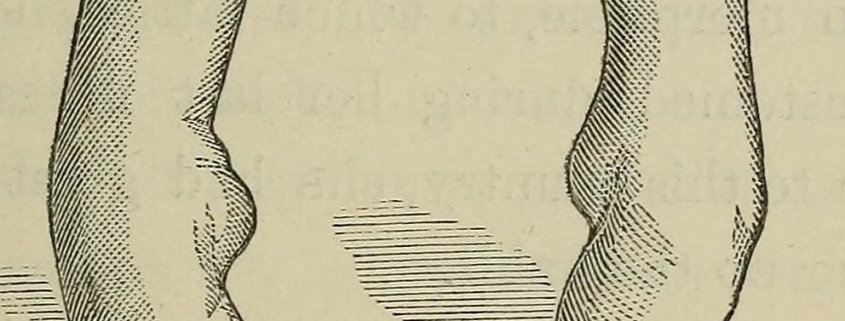
Clubfoot
Overview
Clubfoot, also known as congenital talipes equinovarus (CTEV), is a foot defect present at birth in which one or both feet are turned inward and downward. It affects approximately one out of every 1,000 babies, making it one of the most common birth defects of the legs.
Types
Clubfoot is typically categorized into two types, Isolated clubfoot, and syndromic clubfoot.
-
- Isolated clubfoot: This is the most common type, where the baby only has the foot deformity and no other health issues.
-
- Syndromic clubfoot: The foot abnormality occurs as part of a larger syndrome or disease, meaning the child may have other health issues as well.
Causes
The exact cause of clubfoot isn’t known, but both environmental and genetic factors may play a role. It’s often more common in boys than in girls, and the risk is higher if the baby’s parent or sibling has had the condition. Clubfoot could also be associated with certain genetic conditions or disorders.
Symptoms
The primary symptom of clubfoot is the noticeable abnormality of the foot, pointing downward and inward. The affected foot, calf, and leg may be smaller and shorter compared to its counter-part, in case only one foot is affected. The issue might be evident in ultrasound scans performed during pregnancy.
Diagnosis
Diagnosis of clubfoot typically occurs after birth, based on physical examination of the foot. However, the condition can also be detected during prenatal ultrasound. After birth, your doctor might order X-rays to understand the severity and plan the treatment.
Treatment Options
The treatment for clubfoot usually begins soon after birth and may include:
-
- Ponseti method: A technique that involves stretching and casting the feet over several weeks.
-
- Achilles tenotomy: A minor surgical procedure performed toward the end of the Ponseti treatment method, followed by bracing.
-
- Major surgery: In more severe cases, corrective surgery may be required.
Living With Clubfoot
With early and recommended treatment, most children with clubfoot are able to lead normal, pain-free lives. They can walk, run, and participate in activities like any other child. Post-treatment, it’s crucial to follow-up with the doctor regularly and adhere to the bracing regimen to avoid relapses.
When to Seek Help
If your child was born with a clubfoot, medical treatment should start immediately. If the clubfoot was not detected at birth and is noticed later as your baby grows, seek medical help as soon as possible. Signs to watch for include unusual foot shape, limited mobility, or difficulties in learning to walk.
Remember, clubfoot is not painful during infancy. However, if left untreated, it can cause difficulties as the child grows and starts to walk, possibly leading to long-term disability. So, prompt and appropriate treatment is crucial for a successful outcome.
Remember, dealing with clubfoot requires patience and adherence to treatment schedules. With the right approach and consistent care, your child can overcome this birth defect and grow to lead an active, fulfilling life.
